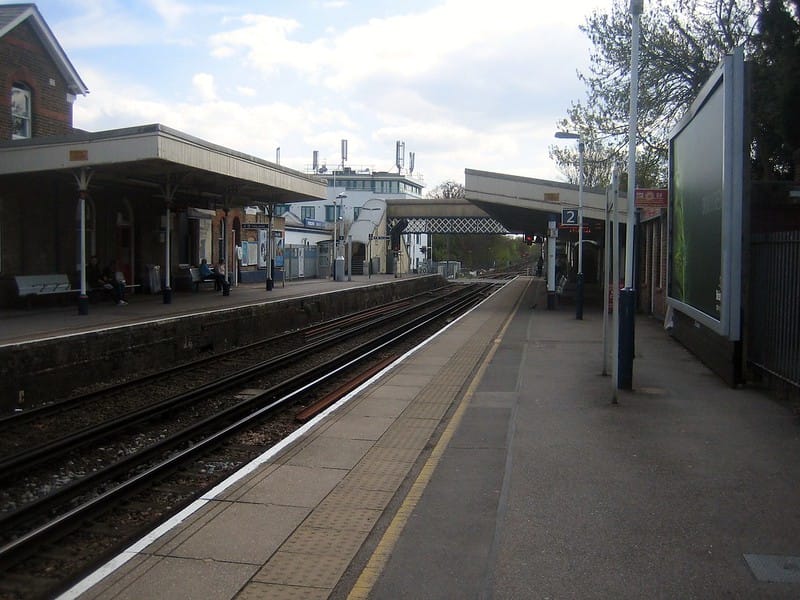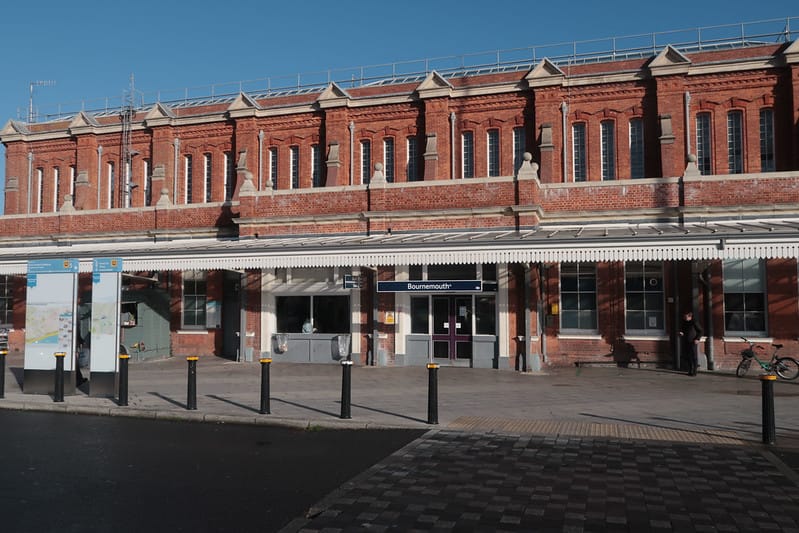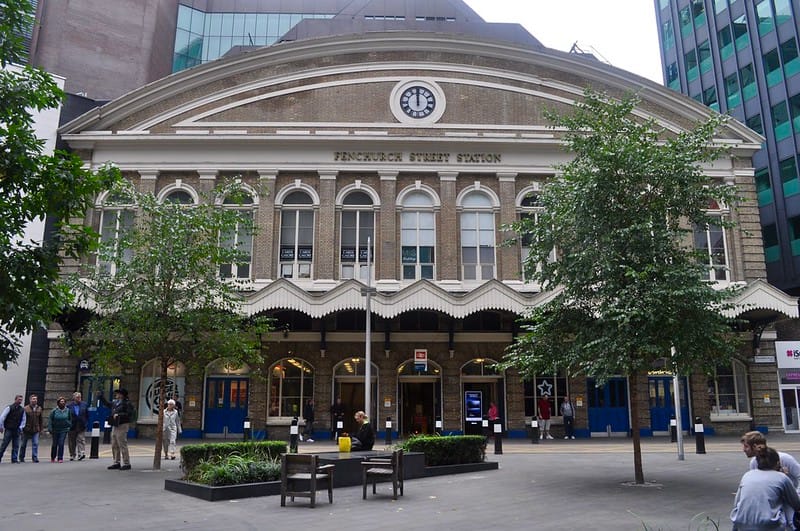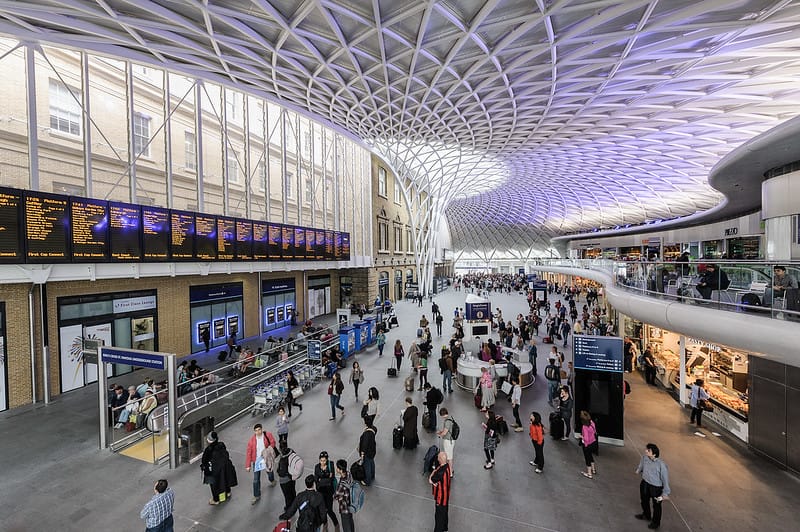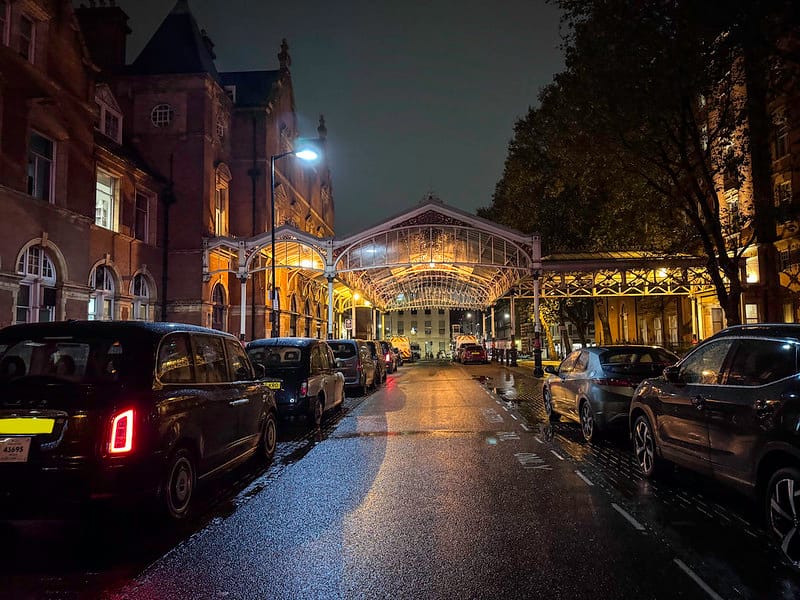Strawberry Hill Station, located in the London Borough of Richmond upon Thames, holds a charming place in the history of London’s railway network. Since its opening in the late 19th century, the station has played a vital role in connecting suburban areas to the heart of the city while maintaining its quaint and picturesque character.
Early Beginnings
The station was officially opened on 1 December 1873 as part of the London and South Western Railway (LSWR) expansion. Named after the nearby Strawberry Hill House—a famous Gothic Revival villa built by Horace Walpole—the station served the growing residential community in Twickenham and surrounding areas. During this period, suburban railways were expanding rapidly, driven by the increasing demand for commuter services from London’s outskirts.
Architecture and Design
Strawberry Hill Station’s architecture reflects the modest yet functional design typical of smaller suburban stations of its time. The original station building featured brick construction with pitched roofs and gabled ends, blending harmoniously with the residential character of the area. Over the years, various upgrades and refurbishments have modernized the facilities while retaining its historical charm.
Development and Growth
Initially, the station had modest passenger traffic, primarily catering to local residents. However, as Twickenham and the surrounding areas became more developed, the station saw an increase in commuter usage. The addition of double-track lines in the early 20th century improved capacity and efficiency, allowing more frequent services to and from central London.
In 1912, the LSWR introduced electrification on the suburban lines, significantly enhancing travel convenience. This innovation made the station a key hub for residents commuting to London for work and leisure.
World War Impact
Like many other parts of London, Strawberry Hill Station experienced challenges during the World Wars. In World War II, the station’s operations were affected by bombings in the surrounding areas, although it escaped direct hits. The railway played a critical role during these years, facilitating troop movements and supply transportation.
Integration into Modern Rail Networks
In 1923, the station became part of the Southern Railway following the Grouping Act, which consolidated several railway companies in Britain. Later, during the nationalisation of British railways in 1948, Strawberry Hill Station came under the control of British Railways. The privatisation of the rail network in the 1990s saw it operated by various franchises, with South Western Railway managing the station today.
Present-Day Strawberry Hill Station
Today, Strawberry Hill Station serves as a quiet yet vital part of London’s suburban railway system. Located in Travelcard Zone 5, the station offers regular services to London Waterloo, Kingston, and Shepperton. It remains popular with commuters and local residents alike, valued for its accessibility and peaceful surroundings.
While the station has modernised over the years, including the addition of ticket machines, CCTV, and step-free access, it retains an air of nostalgia. Its connection to the historic Strawberry Hill House and the surrounding leafy suburbs makes it a point of interest for history enthusiasts and railway aficionados.
Legacy and Cultural Significance
Strawberry Hill Station’s enduring charm lies in its ability to balance modern functionality with historical significance. It stands as a reminder of the transformative power of the railway in shaping suburban London, fostering connectivity, and creating thriving communities.
For visitors and locals, the station is more than just a transit point—it’s a gateway to exploring the rich history and culture of Twickenham and its surroundings. From the nearby Thames riverside to the iconic Strawberry Hill House, the station continues to be an integral part of the area’s heritage and identity.
Strawberry Hill Station may not be the busiest or grandest in London, but its historical and cultural resonance makes it a unique and cherished landmark in the city’s railway network.
